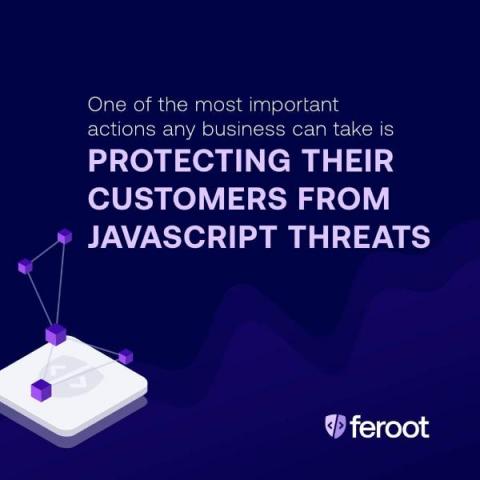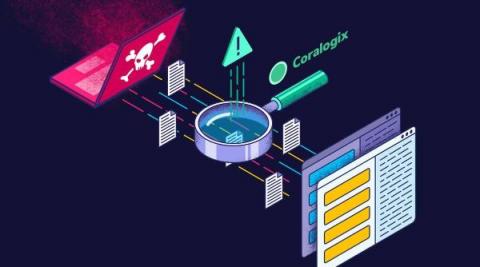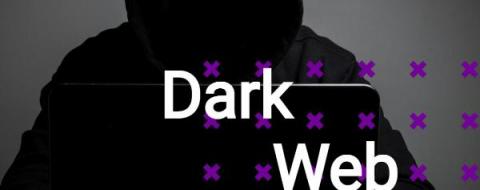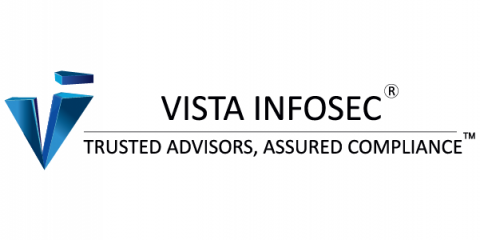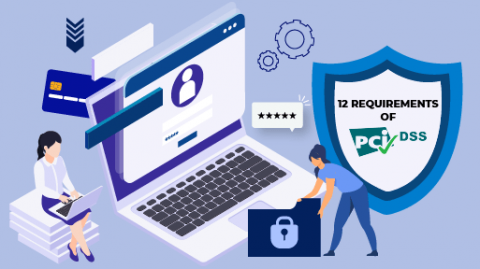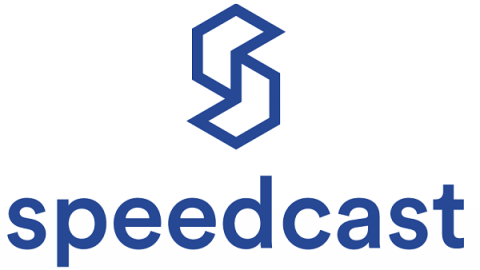Top 10 challenges preventing security analysts from doing their best work (based on data)
Security teams want to accomplish their best work — but they're being prevented from doing so. We recently surveyed 468 full-time security analysts for our 'Voice of the SOC Analyst' report to learn more about their day-to-day workloads, successes, and concerns. What we found was that seven out of ten analysts are either somewhat or very burned out, and that six out of ten analysts want to find a new job in the next year.



